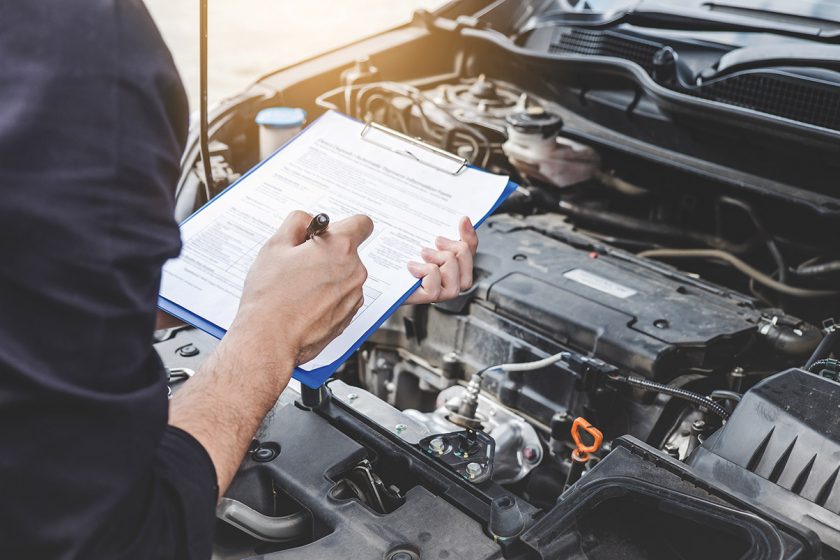
We Need a New Roadmap
The reality is that we don’t yet have a realistic or useful Australian road map for the future.
How Zero and Low Emission Vehicles ZLEV affect our current industry composition is generally referred to in broad sweeping terms, and often as a threat.
The reality is that we don’t yet have a realistic or useful Australian road map for the future.
Our industry is hungry for a vision of what this may look like, and an assessment of how the core parts market will be affected by the decline of ICE-specific parts, and the growth of EV components.
At either end of a continuum is the prospect that EV and Low emission technology creates an environment that is conducive to re-establishing our car manufacturing industry versus a slow, but inevitable, decline of our auto parts industry.
On the optimistic side, there is a public discussion about how ZLEVs could possibly re-invigorate car making in Australia.
This dialogue is short on detail and typically driven by nostalgia.
However, we shouldn’t dismiss it outright as unrealistic because there is community and political desire to ‘make it here’ instead of repeating our current pattern of exporting raw minerals and importing the finished product.
We do know that the EV sector can be low-volume niche production and the global supply of EVs is trending toward the entry of new participants that have not traditionally been associated with large volume car production.
This public conversation about our future is also influenced by the COVID anxiety regarding consistency of supply and a general (growing) sentiment that over-reliance on global supply disrupts our economy and affects our sovereign risk profile.
Fewer moving parts in an EV also influences our thoughts about the future. EVs use less parts, which is clear – less heat and friction means less wear and tear.
As a result, some commentators would have us believe that the acceleration of EV sales will negatively impact ICE component production, ending in a decline of the traditional automotive component industry to be replaced by EV components specific to powertrain electrification, ADAS and connectivity.
But all these common sentiments are generalisations, not supported by good evidence and unlikely to accurately reflect the future of our industry.
There is limited reliable information available to predict the winners, the losers, the opportunities, and the size of the threat.
We have a future in which the accelerated growth of electric propulsion will change our industry, but for many, the volumes of automotive ‘core’ production continues to grow.
